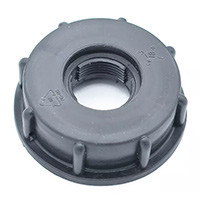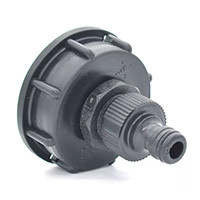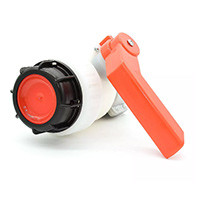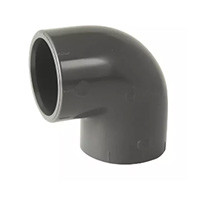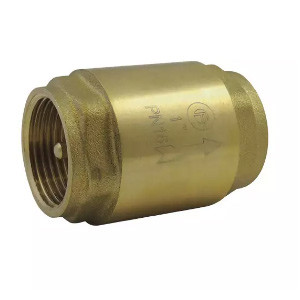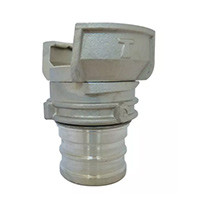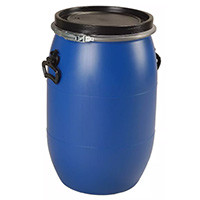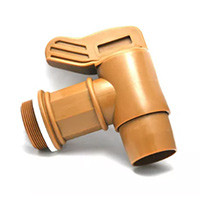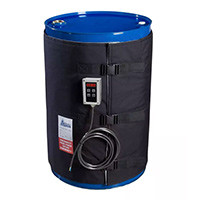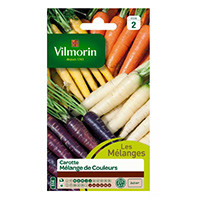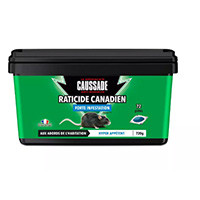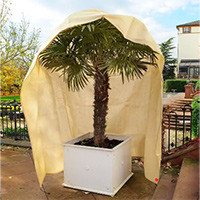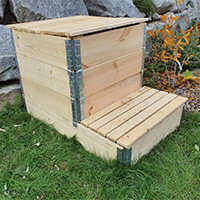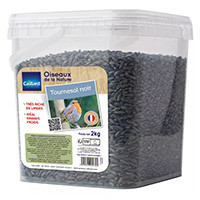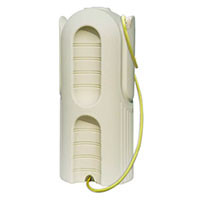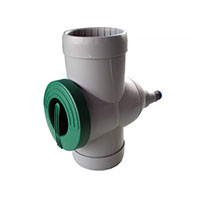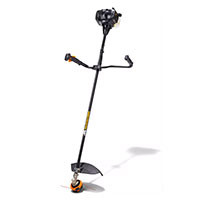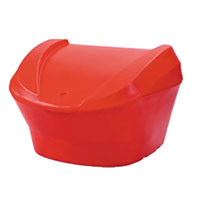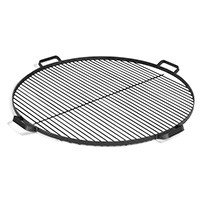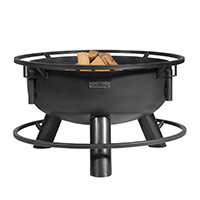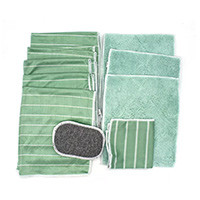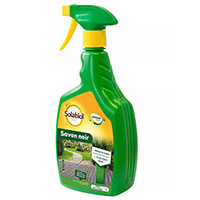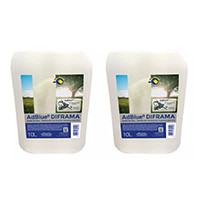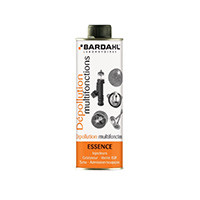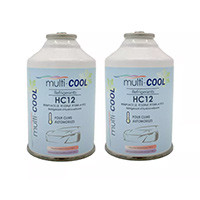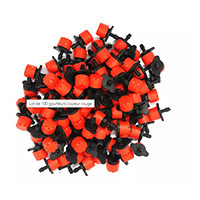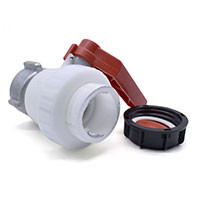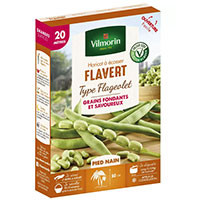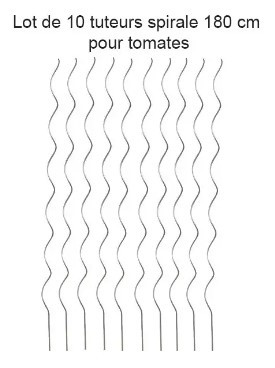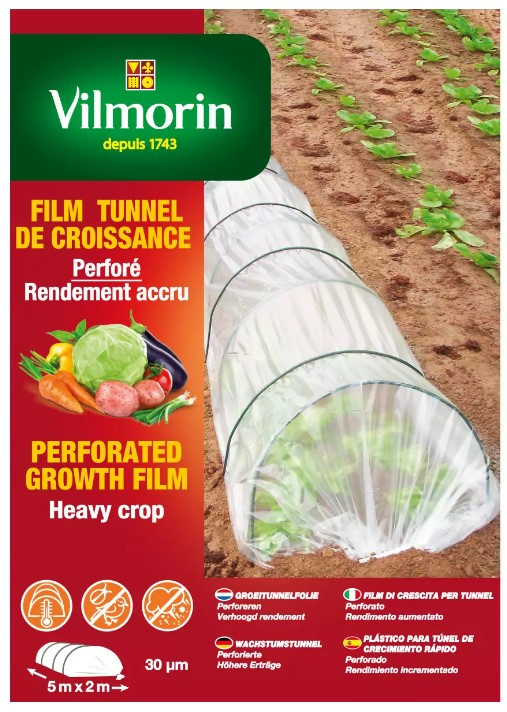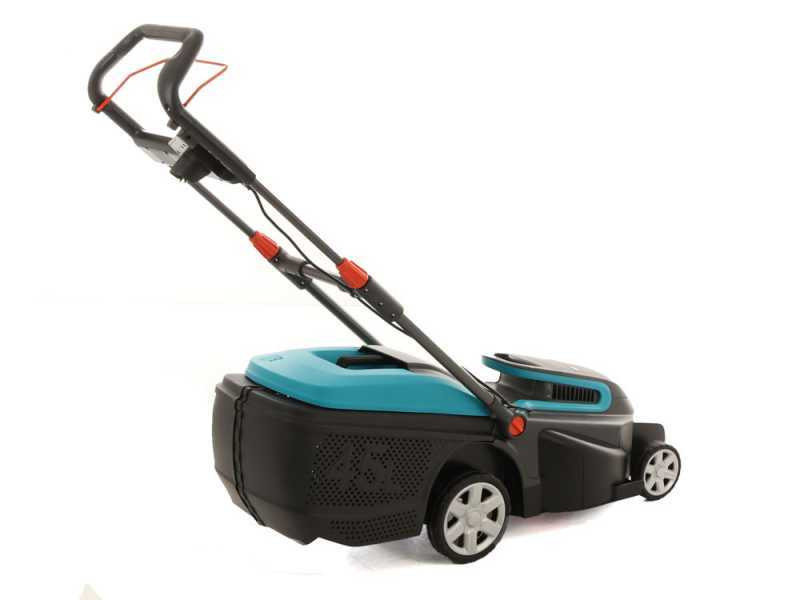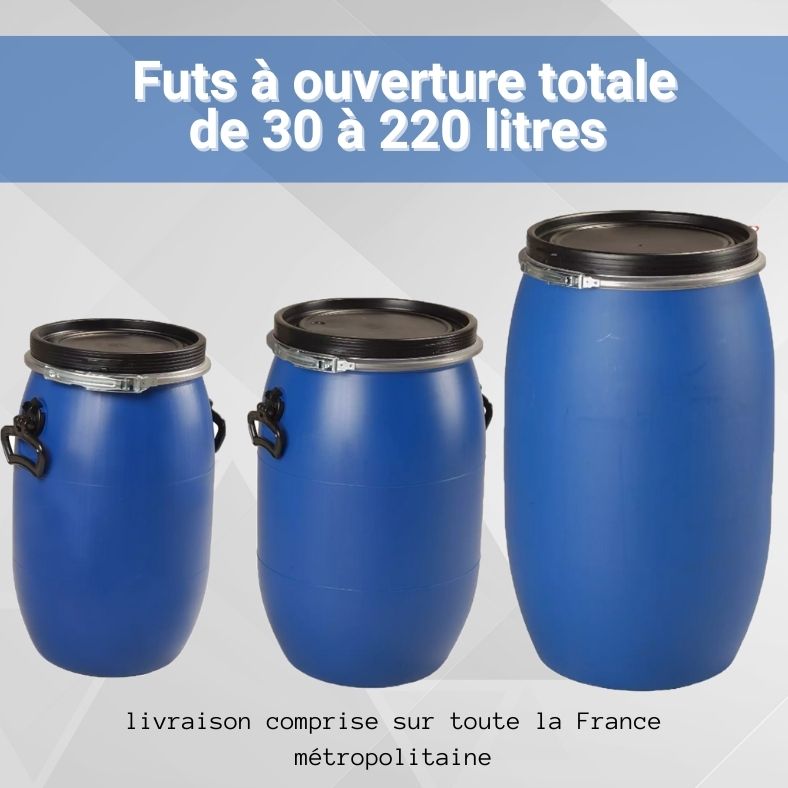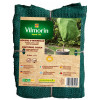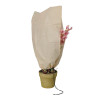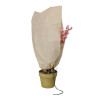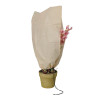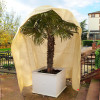Sailing and winter cover: what is it?
Wintering covers, also called wintering sails, are non-woven polypropylene cloths. They are used to cover outdoor plants (in pots or in the ground) to protect them in winter. The light material of the covers lets in the sun's rays and stores their heat. Under the canvas, as under a greenhouse, the temperature increases. Thus, the plants are protected from the cold. True thermal protection, winter sails are also permeable to water and air. This helps to create a little moisture thus avoiding the dehydration of the branches and the asphyxiation of the roots.
Why use a winter cover?
To protect fragile plants
Some plants in your garden can not withstand the low temperatures of winter. Below -5 ° C, they can die. These plants are called "frosty" or "semi-hardy". Winter coverings and sails are used to insulate these plants from the cold and protect them from snow, hail and other bad weather.
Note: a wintering cover is insufficient protection for "non-hardy" plants (which do not support temperatures below 0 ° C). Orangery shrubs, tropical plants, oleander, olives or potted palms, should be covered with a wintering veil AND sheltered.
To protect the blooms
Some shrubs often observe early flowering. This is particularly the case of heather, rhododendrons or camellias. Thus, to preserve the buds and young shoots of late frosts, which could destroy them, the use of a winter cover is strongly recommended.
When and how to put a winter cover?
Overwinter covers and sails arise as soon as the first frosts arrive, often from November or December. They are used until March and April to protect blooms from late frosts. Once spring is back, they can be removed.
These protections come in many forms. Some have precise dimensions and slip directly around the plant. It is then enough to choose models adapted to the size of your plants. Often, these covers have a sliding link at the bottom end or a zip for easy installation.
There are also models to cut to the desired dimensions. In this case, cut the veil, cover the plant and close the veil at the level of the trunk or stem (closer to the ground) with a natural string. Be careful, the wintering veil should not over-tighten the leaves of your plants.
Find all our models of covers and winter sails on our online store.

